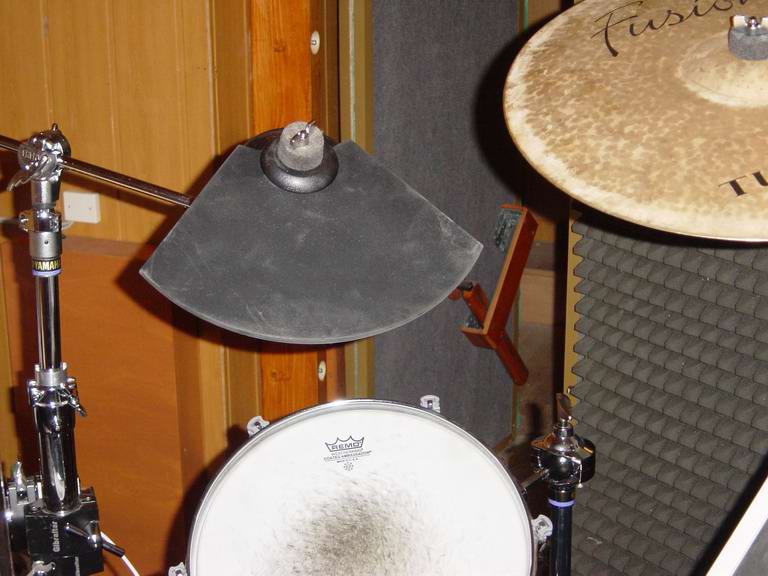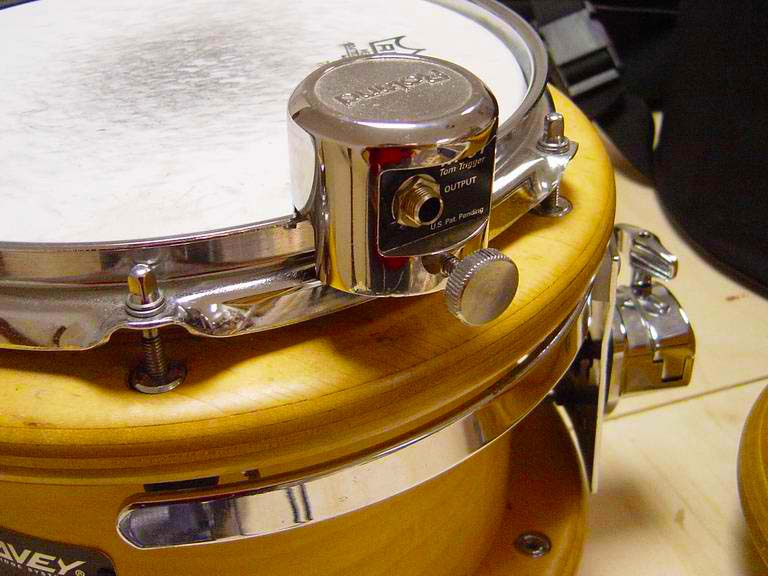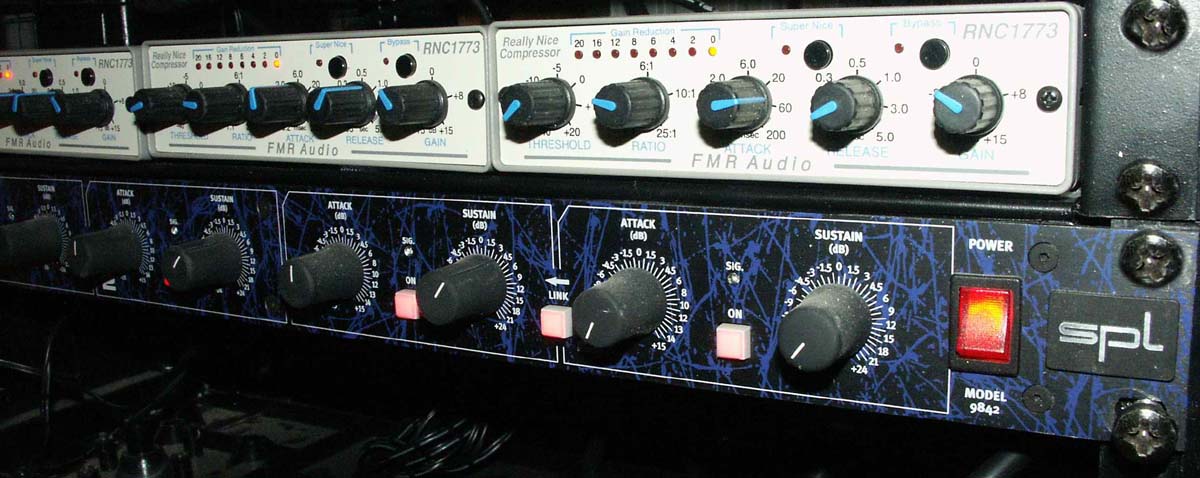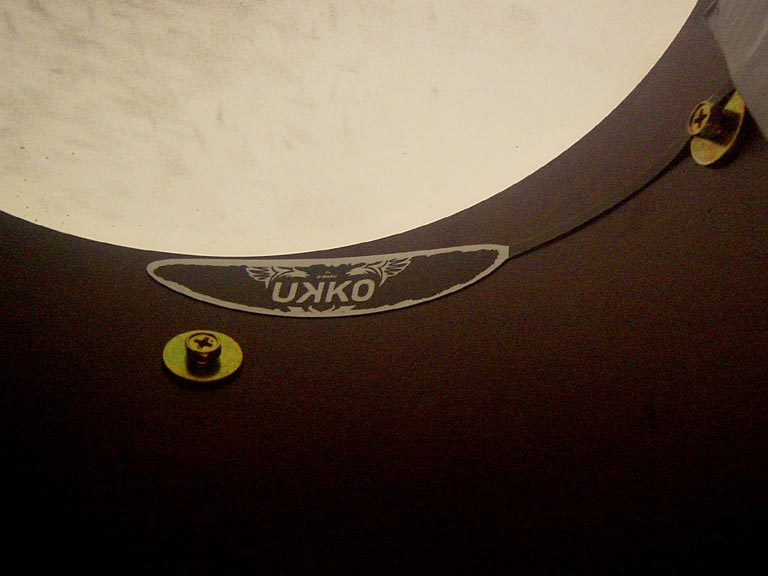Triggering acoustic drums and drum pads
|
|
What is drum triggering?Edrumming requires that the various playing surfaces in the kit (electronic pads, acoustic drums etc.) should be able to translate the drum strokes into electronic impulses, which can then be digitalized and control the sound sources (synthesizers, samplers). The process of this conversion of drum strokes is called triggering. What is used to trigger drums?Piezo sensors are the most commonly used drum triggers. These are the same crystals which can be found in the window shock sensors of alarm systems or in the buzzer of alarm clocks. Certain crystals produce electricity by applying mechanical stress to them and conversely, applying an electric potential difference causes mechanical stress in the same crystal. This phenomenon is called piezoelectric effect. The former is utilized when triggering drums, while the alarm buzzers are based on the latter. These piezo sensors can be found in almost all commercially available drum pads and triggers, since the first time they appeared. The extent of the mechanical stress -thus the strength of the electric signal generated- will change accordingly to the strength of the drum strokes, therefore the piezo sensors are dynamic, which can be utilized during the further processing stages. The first bad news Piezo crystals have a very unpleasant characteristic which makes them a lot more difficult to use in a drumming environment: they are extremely fragile. So on one hand the goal is to place the crystal as close as possible to the actual impact of the drumstick, but on the other hand is should be protected, so that it wouldn't break due to the excessive bending. This is why the piezo crystals are stuck to a thin layer of metal, which makes them less fragile while still allowing them bend. What do we pay for when we buy drum triggers? The sensor (mounted on the metal membrane) then usually gets put into a protective housing made of plastic or metal in order to get further protection against mechanical damage -e.g. caused by an incidental drumstroke. The next task is to make a wired connection between the sensor and the trigger coverter unit. So the short wires coming out of the protective case usually end in a standard 6.3mm jack or XLR socket. The next step was to put the connector socket and the sensor into a common housing, which can then be mounted on the rim of the drum. This solution is very useful, but it's also good to know that the 100 € triggers are built around the exact same crystals, as those found in the 1.50 € sensors you can buy in any electronic parts store. The size of the crystal, the material, size and shape of the protective housing all make a difference and make one more suitable for using as a drum trigger than the other, but basics are the same. Acoustic drum trigger vs. electronic drum pads The above described things equally apply to acoustic drums and electronic pads. Later we'll discuss the technical challanges of triggering. These technical difficulties usually affect the acoustic drums more than the drum pads, but latter are not free from the problems either. Since most electric pads either have no drum-heads -as they're covered with a rubber playing surface- or if they have one, we don't expect them to generate a musically useful sound (e.g. mesh-heads), so when it comes to triggering, they behave much more predictably than acoustic drums, where the long, sustained vibration of the drum-heads are the source of several difficulties. Even more, because the pads are not expected to make an acoustic sound, any number of sensors can be installed below the playing surface in any physical layout, which make enable for the most accurate triggering. Compromises In order to reduce these side-effects, the sensor usually makes physical contact with the drum-head to achieve more accurate detection of the strength of the drum strokes. This of course means that the small sponge pad that holds the sensor is pressed against the drum-head and has a slight dampening effect that alters the acoustic sound. Most acoustic drum triggers are designed like that. As far as I know, the only commercially available acoustic trigger, which doesn't touch the drum-head at all was the Roland RT-3T (the other two models of the same product line, the RT-5S snare and the RT-7K bass drum sensors touch the drum-head). Although Roland got a lot of criticism for these rim-mounted triggers being less accurate than most other triggers available, but it's no accident that I chose them. |










